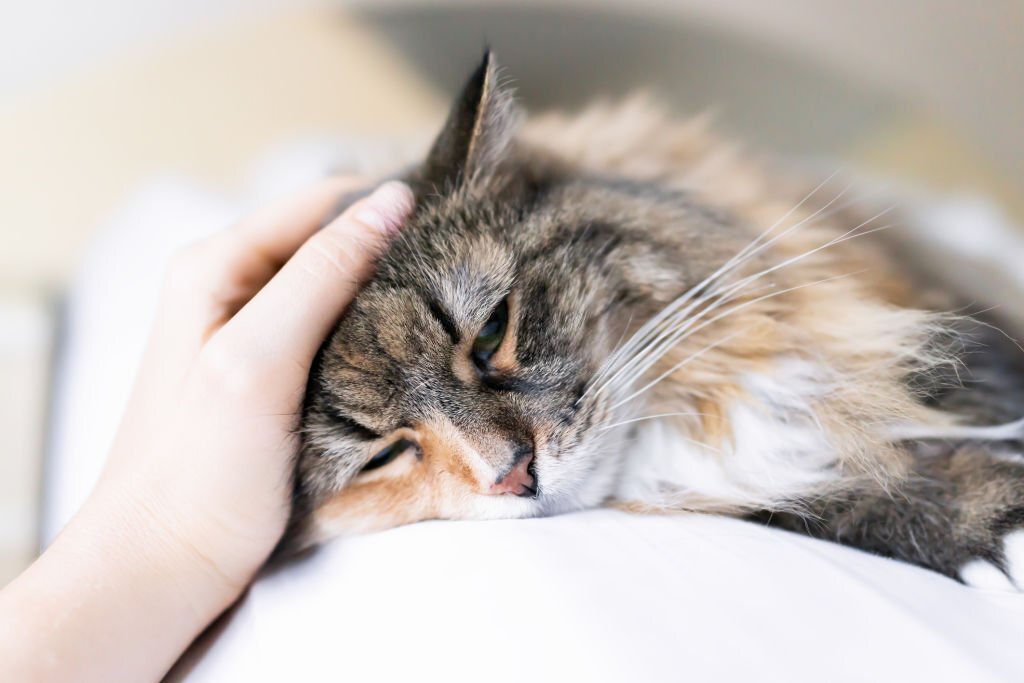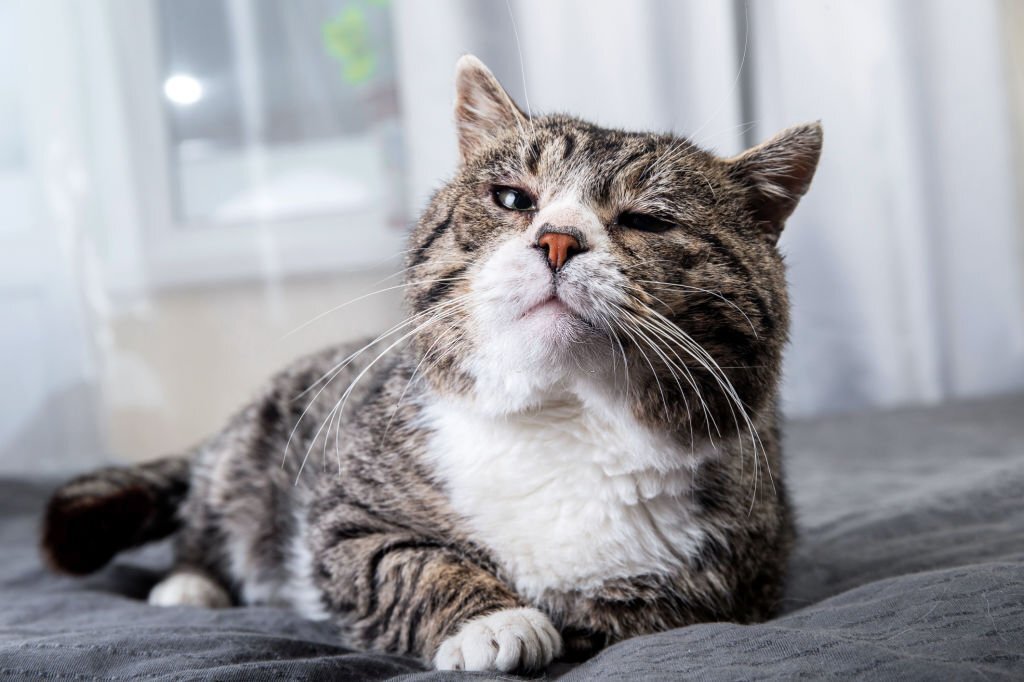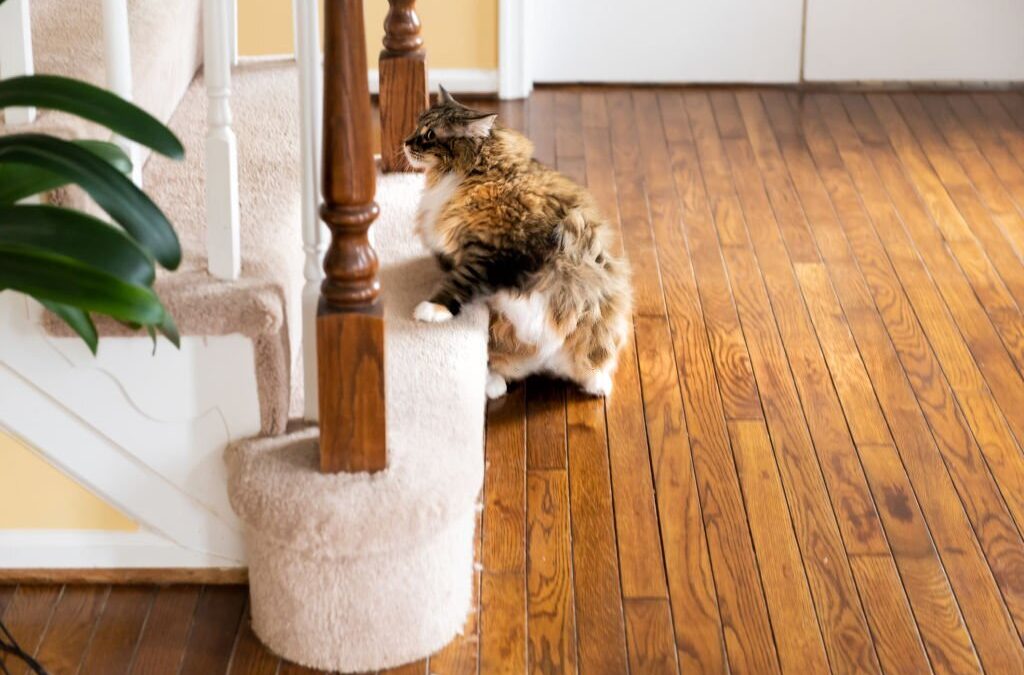Feline osteoarthritis can be difficult to identify in cats as they hide their pain well. Research has revealed that nearly 40% of cats show signs of arthritis pain and can suffer in silence for years. Arthritis is a condition that causes pain and progressive degeneration of the joints,which affects many aspects of a cat’s life including mobility and overall quality of life. It is common in cats of all sizes, ages, and breeds – so we recommend that owners monitor their cats’ behaviour from a young age.
Know the signs
Knowing which signs to look out for can help you determine when or if veterinary attention is needed. We have provided a short survey below to help you identify potential signs of pain in your cat. Please feel free to print it, fill it out, and bring it with you to your pet’s consultation.Here is a quick summative list that you can also compare to your cat’s behaviour and what to look out for:
-Difficulty climbing up or down stairs
-Difficulty chasing moving objects
-Difficulty jumping up or down
-Difficulty running

It’s also important to recognise that other types of behaviour that your cat displays may also be due to the pain they are experiencing. This may include defecating outside the litter box,difficulty grooming, hesitation when jumping, as well as sleeping in areas of the house that do not require stairs – to minimise movement.
How to act
We agree with the advice given by specialists Dr Kath Briscoe and Dr Duncan Lascelles to use your phone to capture videos of your cat’s natural behaviour. This can include things such as walking up or down the stairs, jumping onto the couch, playing, or grooming. We can use these videos in the clinic to study your cat’s behaviour in conjunction with a physical examination.

Treatment
Feline osteoarthritis can unfortunately not be stopped, but we can manage the pain your cat endures and give them a better quality of life. Pain management is the foundational point for which we can successfully manage your cat’s osteoarthritis. From there, we will be able to include supportive care such as supplements for joint health, reintroducing mobility through exercise, playtime and physical rehabilitation, as well as any required environmental modifications. Treating pain can also restore the important bond between you and your beloved feline. The sooner your cat is diagnosed and treated, the sooner your cat can return to a better quality of life – so we urge any concerned cat owner to book a consultation with us. After an examination and diagnosis, we will be able to discuss treatments and create along term plan to ensure that your cat lives a comfortable life.
Contact us
If you have any concerns or further questions about your feline friend please book in for a consultation either online or by calling our awesome reception team on 9369-1822.

